Ade Oshodi is a stay at home dad during the week and a wedding photographer on the weekend. He’s spent the past two years documenting his daughter’s life and has turned it into a long term project about telling the story of her growing up.
You can see more of Ade’s work on his website and Instagram.
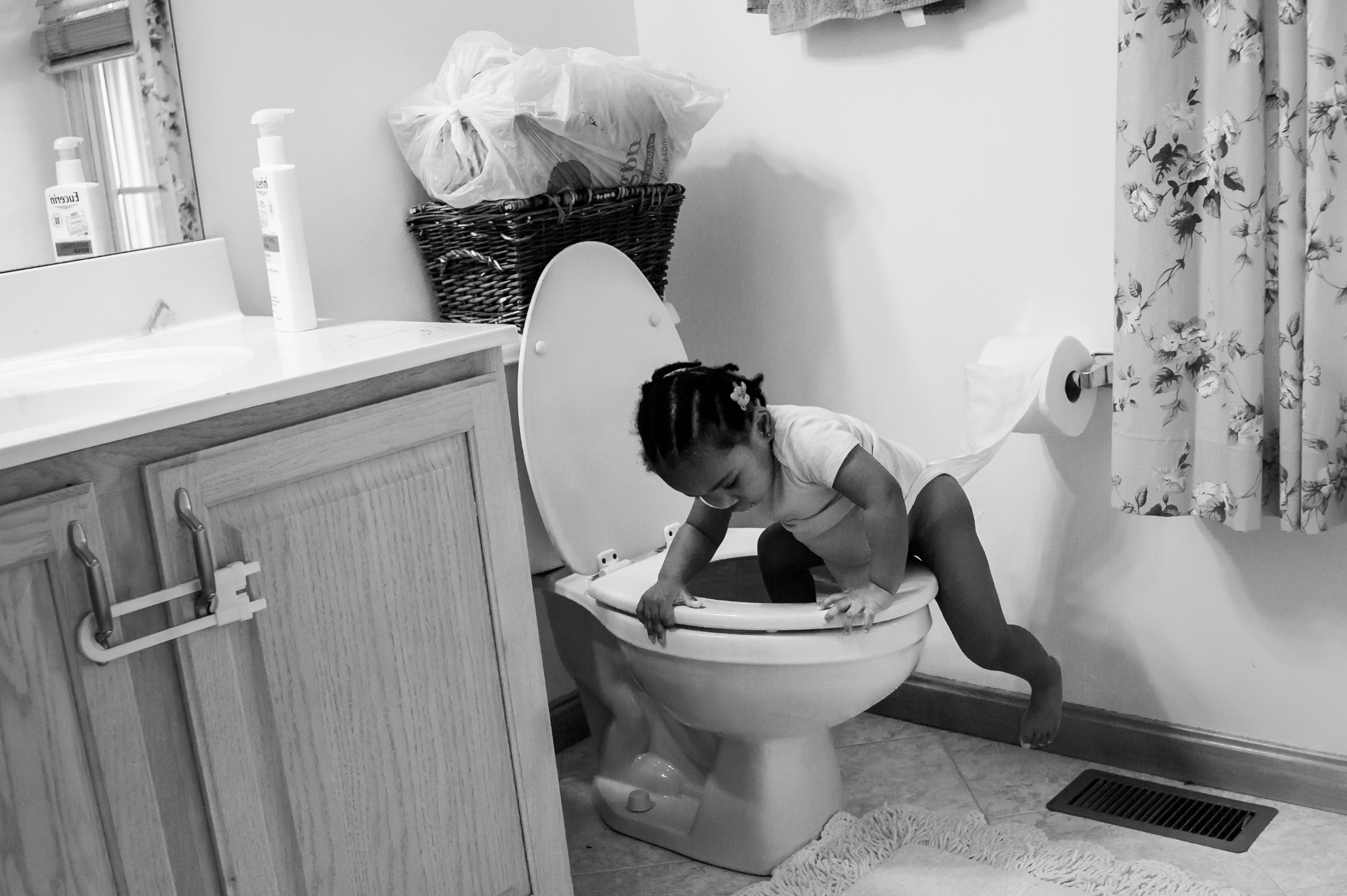
Erika: What have you learned about yourself/humanity/your daughter as a part of shooting this project? And which of the images submitted is your favorite and why?
Toddlers are honest in their interactions with the world. For the most part, the dramaturgical presentation of self is not presented for others but solely for them. Authenticity is central to their character and it is for this quality what makes her most interesting to me. Two months before Asha was born, my father was dying and I documented him on his death bed along with my mother and siblings interactions with him. What I learned from both situations is that in the beginning and the ending of lives, humans are most vulnerable.
Authenticity gives way to vulnerability and vice versa, when those two qualities are presented in photographs, they transcend the human condition; it connects us with each other. This particular project and the types of photographs I like to make in general have taught me to present my authentic self: the desirable and not so desirable parts to the world in hopes of reciprocation for those I am photograph.
Which leads to the image I like the most from this collection; my favorite image is of Asha reaching for is a hard copy of Chimamanda Ngozi Adichie’s essay “We should all be Feminist.” I fancy this particular photograph because I agree with the premise of the essay; the image probably says more about me than it does about her.
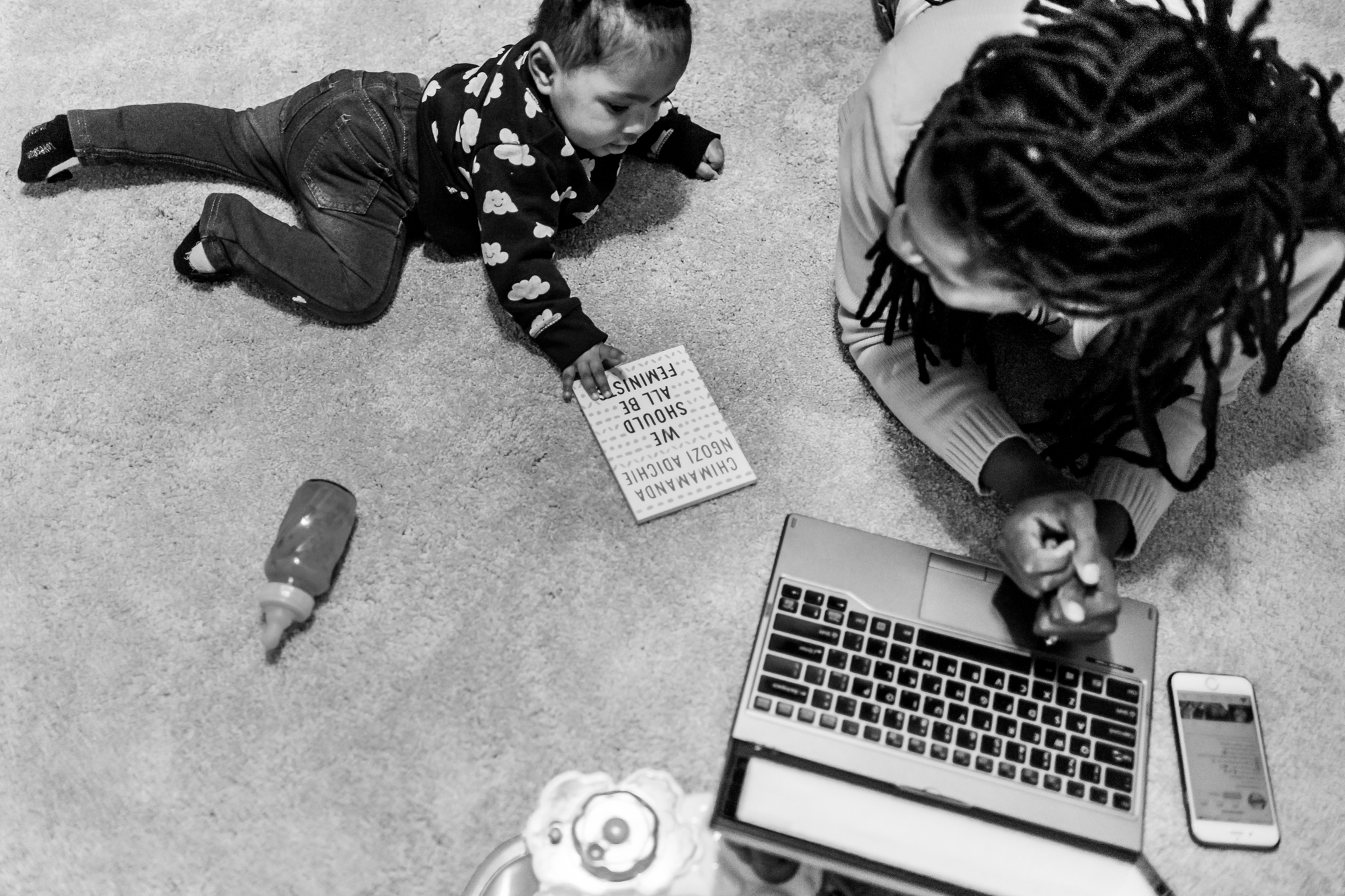
Heather: What made you decide to shoot them all in black and white? Such great connections you have captured between your daughter and those around her.
It is strange because I believe that I see in two extremes or better said I like my photographs to have strong shadows and contrast for black and white images and strong contrasting colors for color photographs, anything in the middle don’t interest me as much. For this particular project I like black and white because I believe that it forces me to produce stronger images that read well to the eye. Also, I like the uniformity of black and white throughout this project.
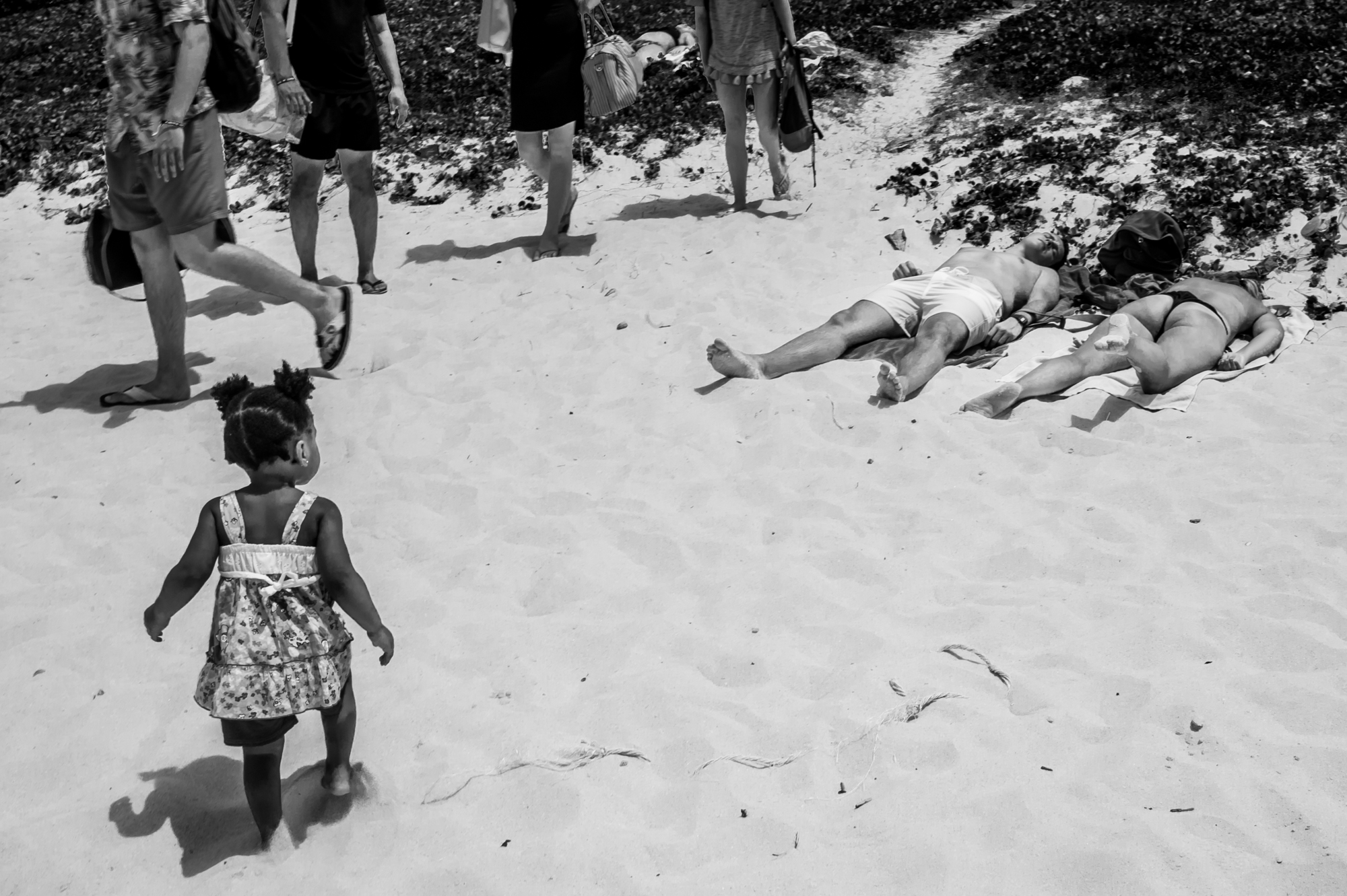
Meg: I’m noticing the angle you’re shooting a good majority of these are from higher up, as opposed to being on her level. Is there intention behind that, and if so, what makes you choose that angle to shoot from?
I am as stay at home dad on the weekdays and a photographer in business on the weekends, so most of the photographs of Asha are made while parenting. I wish there was some great aesthetic choice on why I shoot from high or some highly introspective answer like: “my subconscious is telling me that I am the parent, so I should be shooting from a position of authority.” The truth is that my toddler is rambunctious and spirited: busy, running, climbing, exploring, and investigating but she spends a great deal of her time in the house.
In addition, when she and I go out to run errands, most of the time, she goes from the car seat to the stroller or from the car seat to shopping cart. The notion of being confined strongly aggravates her because it is contrary to her spirited personality. As a result, when any door before her is opened or she is not confined in anyway, she runs freely and that means she is running into a parking lot, a street and or climbing in and out of sinks and toilets. So I stay on my feet in order to make photographs and parent at the same time.
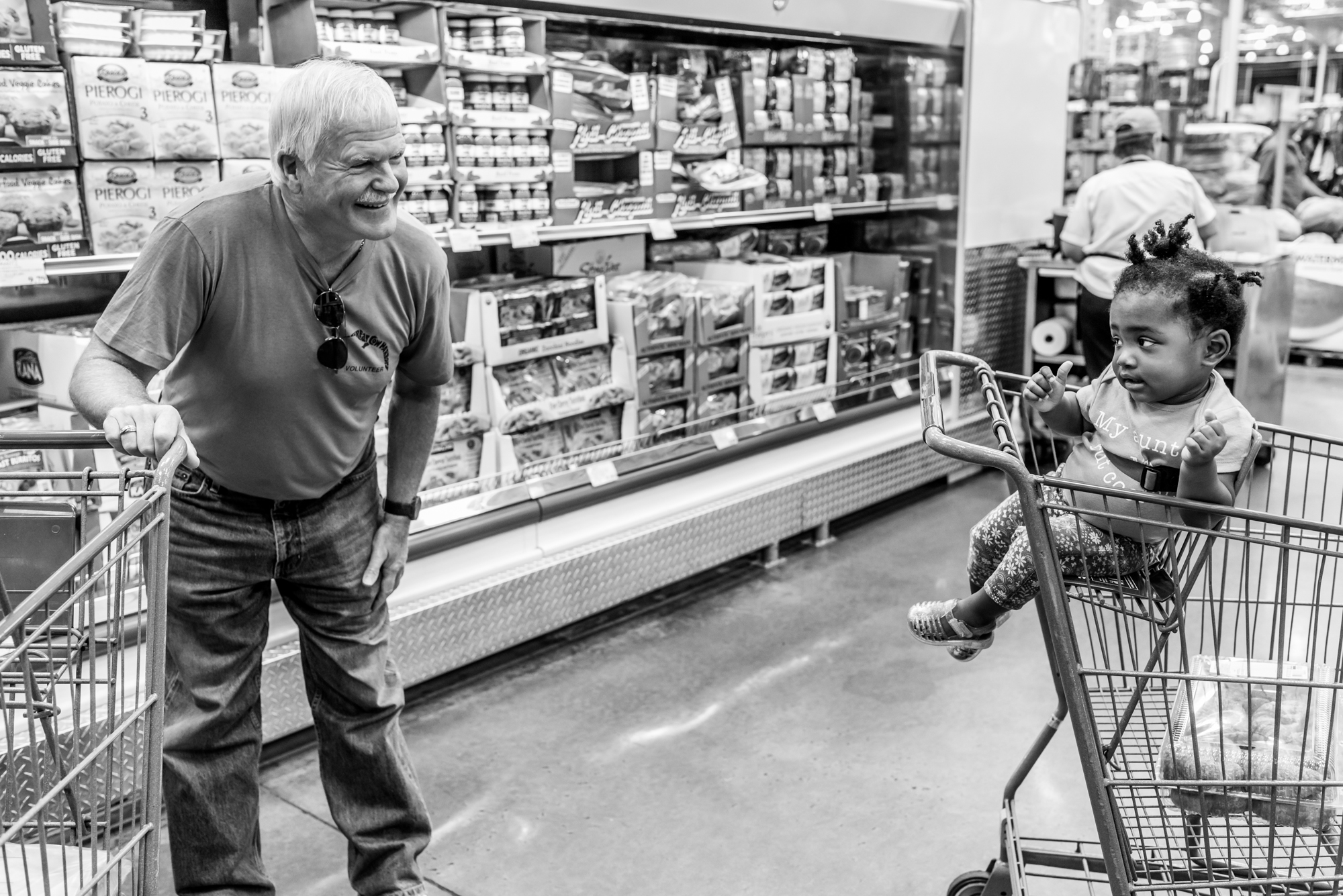
Michelle: My favorites are the ones of your daughter outside of the home engaging with, what looks like, strangers. How do you find those strangers react when you go to shoot a photo of them interacting with your daughter? Have you had anyone protest or say no or has it broken the moment you’re trying to capture as they become aware of your camera? Very curious to find out how you approach this.
The camera and a little girl give me access into people’s lives that I wouldn’t regularly be allowed into without question, if only for a moment. There is an image of Asha about to kiss a strange lady; this particular image was taken at an airport in Hong Kong. Part of my process of photographing Asha with strangers is that I let her lead when we are in public places and I follow closely from behind with my camera held against my chest. This is first based on the notion that I never want her to be afraid of strangers, so I all her to freely interact with them under my watch. In my head, I have already written and signed a social contract with adult strangers; which states “if you are going to talk to, play with or she is going to walk into your vicinity you are going to be photographed.” So I photograph her and them without asking their permission. After the photographic moment expires I quickly assess the situation, if they appear like the need an explanation I give a brief one and move on, for the most part in those situations I don’t have to, a smile suffices.
On the other hand, when she is about to interact with children as I am approaching, if the parents are looking at me or her I raise my camera and nod my head as to ask for permission. Whether, I get that confirmatory-nod or not I make photographs and then explain if needed. Within the last two years surprisingly, I haven’t had any protest from adults. The only ones who seem to break the moments by being camera aware are other children.
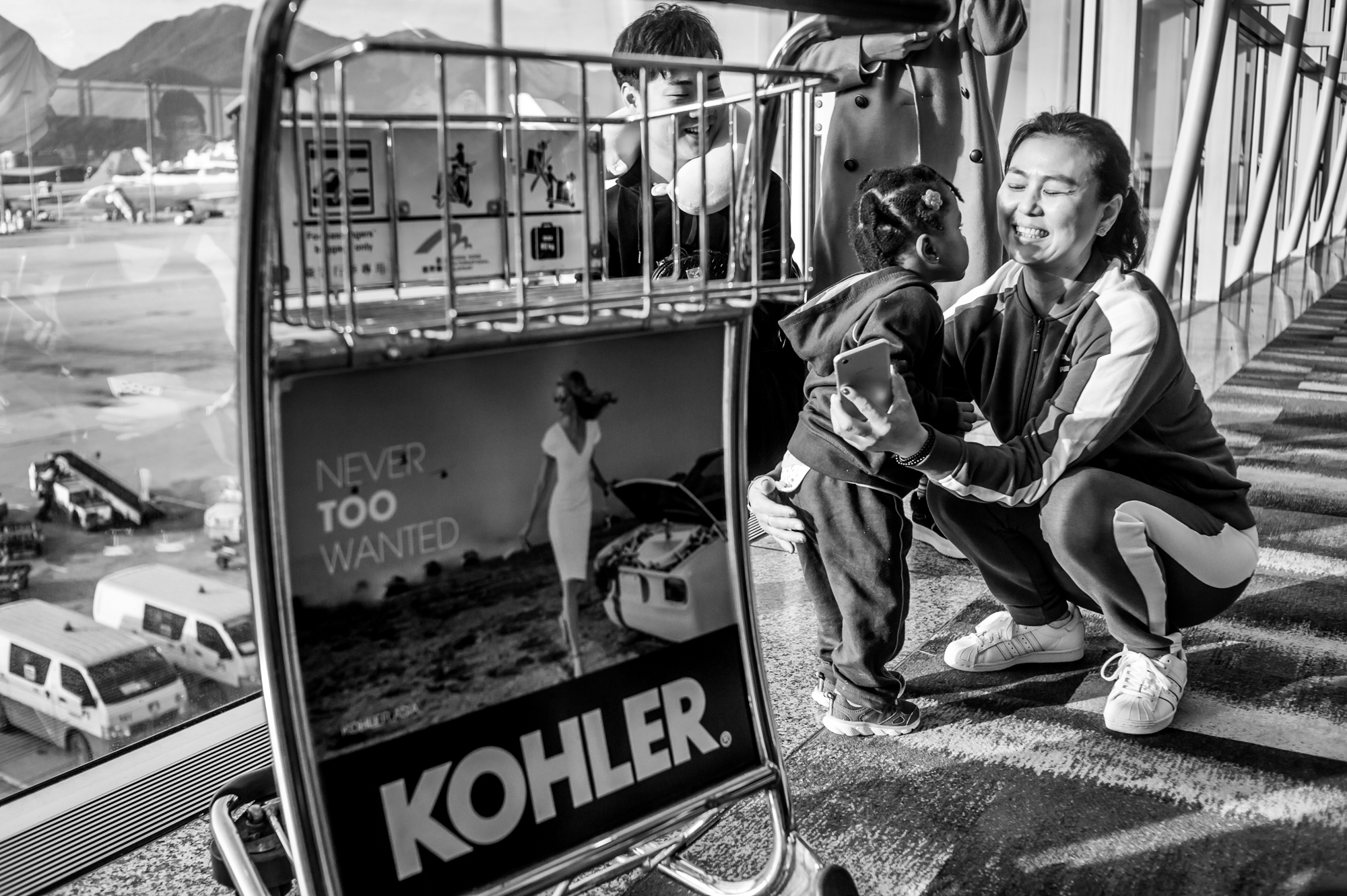
Robin: What is one photography skill you are interested in learning or mastering this year?
Within the context of this project I am emotionally tied to the subject, so sometimes my first reaction is to be in awe as she is doing something clever and I get lost in the moment while photographing. This presents a problem for my compositions because I take my eyes off the edges of my frame and background. I believe the answers to this problem is simple in theory i.e. disconnect form the subject I am emotionally invested in; in practice, it’s not easy to disconnect from my child.
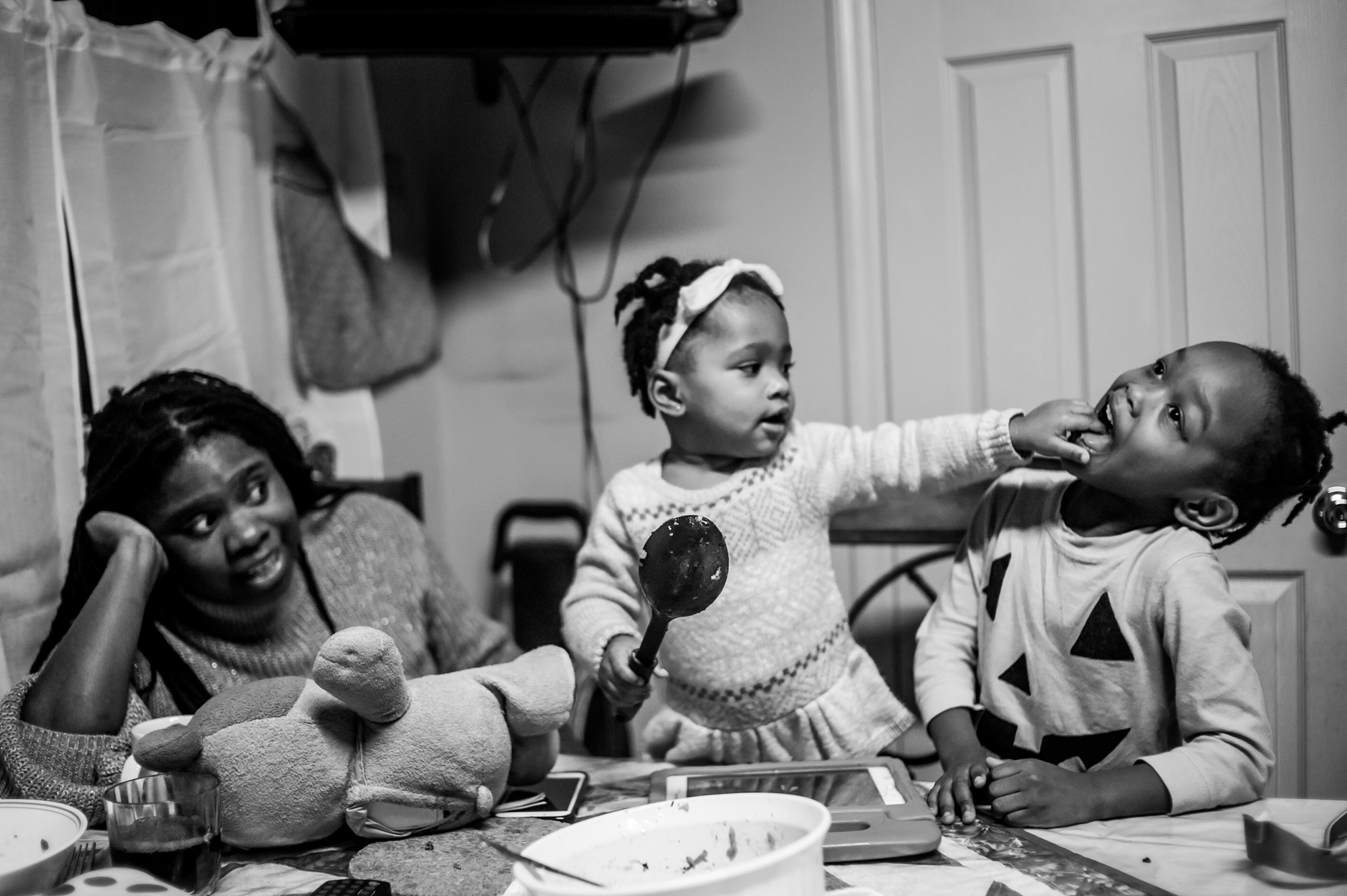
*****
Want information on how you can be a featured artist? Check out our submission page for all the details.
Great article. Exceptional photos.